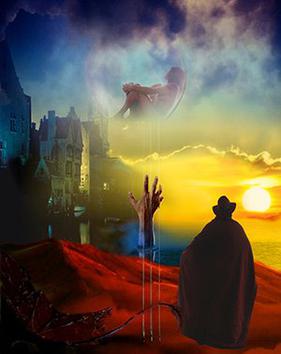Toyism is a collaborative movement that began in a basement in Emmen, Holland in 1992.
Toyist paintings – is a result of the partners’ connection to the manifesto. The paintings are narrative, innovative, and imaginative. A world full of colour, transparency and clarity drawn from reality, the surreal, and fantasy. This isn’t your grandpa’s surrealism though, kiddo. Raised dots resemble Oceanic or aboriginal art while the style of drawing sometimes looks like computer-drawn cartoons. The amoeba-like quality is part Joan Miró, part free-flowing, hipster doodle. The innovation in their work comes from free association between the group, influenced by being human.
They break rules of color contrasts and form that provoke personal narratives on the part of the viewer. Marking the movement's 10-year anniversary, Toyism revamped itself in 2002. That year, Dejo traveled through Russia, China, and Southeast Asia. Dejo found further inspiration in other artists' work and decided to open membership to artists worldwide. An international collective, men and women, Toyism now includes twenty members from all over the world.




